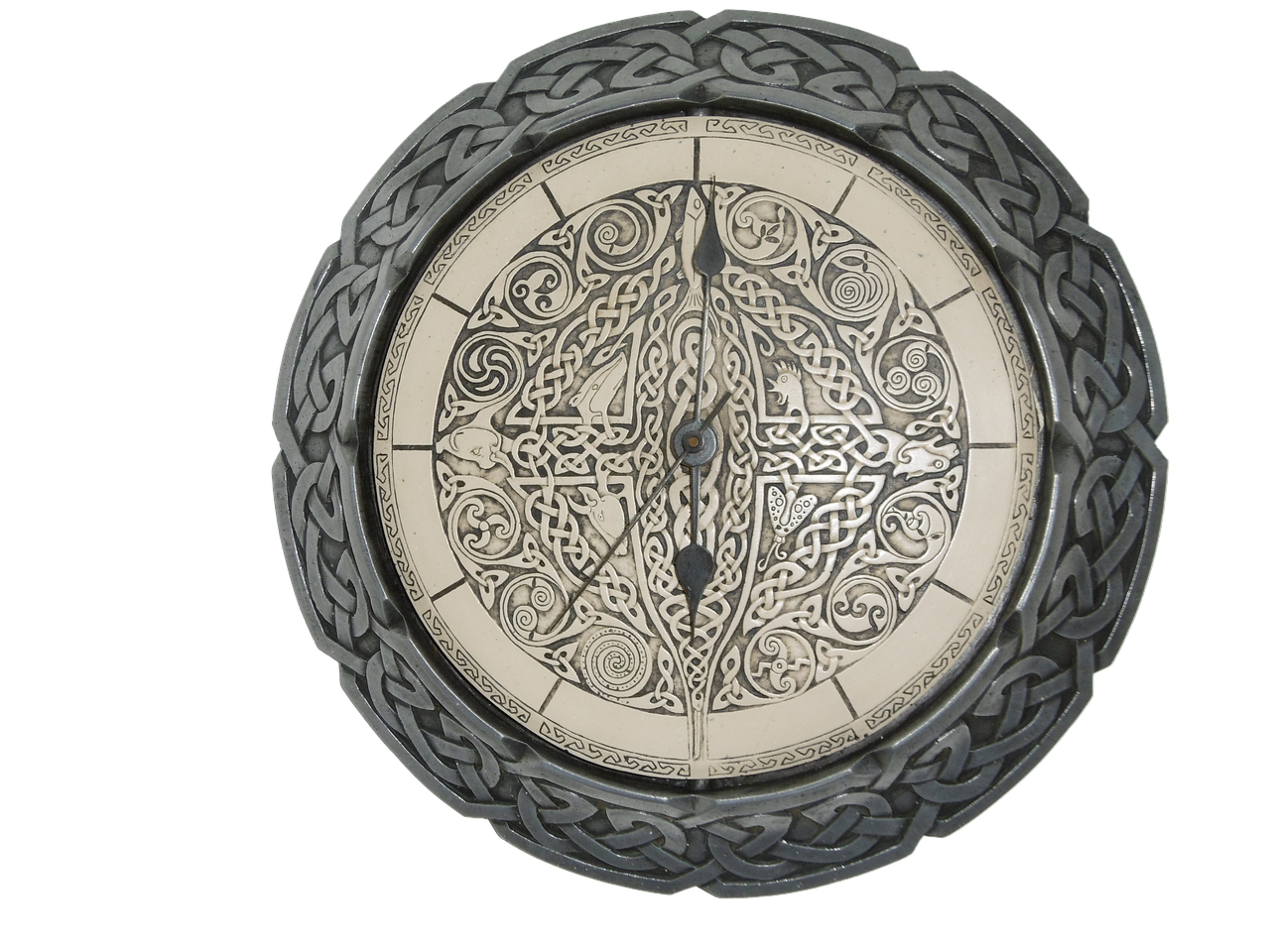Celtic religion encompasses the spiritual beliefs and rituals of the ancient Celtic peoples. This group, recognized as an ancient Indo-European society, reached a peak of power and territorial reach by the 4th century BC, stretching from Britain to regions as far as Asia Minor. In the following centuries, specifically from the 3rd century BC, the Celts faced a gradual decline, culminating in the loss of autonomy on the European continent after Julius Caesar’s military campaigns in Gaul (58–51 BC). The deterioration of Celtic culture in Britain and Ireland occurred at a slower pace, yet the traditional way of life was gradually undermined by political domination. Today, Celtic languages are predominantly confined to the western edges of Europe, specifically within limited areas of Ireland, Scotland, Wales, and Brittany—this last area having been influenced significantly by migration from Britain during the 4th to 7th centuries AD. The turbulent and inconsistent history of the Celts has resulted in a fragmented record of their cultural and religious practices.
Sources of Information
Celtic religion is primarily documented through two key types of sources: the monumental sculptures linked to the Celts in continental Europe and Roman Britain, as well as the insular Celtic literature that has survived from medieval times. However, both forms of evidence come with their own interpretive challenges. Many of the monuments and inscriptions date to the Roman period, exhibiting significant syncretism between Celtic deities and their Roman counterparts. Even when certain designs and symbols seem to originate from earlier, pre-Roman customs, their meanings are hard to decipher without surviving literature on Celtic mythology. It wasn’t until centuries later, starting around the 7th century in Ireland and even later in Wales, that the mythological traditions were documented in writing, but by this point, both regions had undergone Christianization. The individuals responsible for these writings were typically monastic scholars. Consequently, the literature produced is not only varied and plentiful but also reflects a viewpoint and learning influenced by Christianity, rendering it somewhat divergent from its original mythological context, as represented in earlier art and inscriptions.
Notably, despite these challenges, there exists a considerable number of concordances between the literatures of the British Isles and the evidence from mainland Europe. This connection is particularly evident in accounts from Classical observers, beginning with Poseidonius (circa 135–circa 51 BC), who documented their own observations or those of others regarding the Celts.



